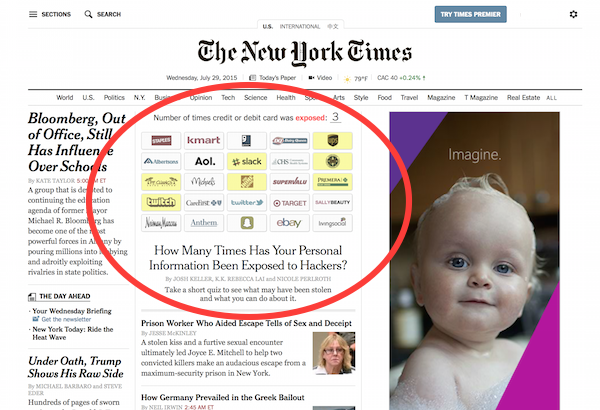The law of propinquity states that the greater physical (or psychological) proximity between people, the greater the chance that they will form friendships or romantic relationships.
Other things being equal, the more we see people and interact with them, the more probable we are to like them.
The classic example of propinquity is that two people living on the same floor of a building have a higher propinquity than those living on different floors.
MIT Professor Thomas J. Allen studied this phenomenon in the context of the workplace in 1970’s, a project described in Wikipedia:
…to determine how the distance between engineers’ offices affects the frequency of technical communication between them. The result of that research, producing what is now know as the Allen Curve, revealed that there is a strong correlation between physical distance and the frequency of communication between work stations. The finding also revealed the critical distance of 50 meters for weekly technical communication.
In other words, people tend to communicate more frequently — and more openly? — with those they work right next to, rather than people on different floors, or in different buildings, or in different cities.
Agile software development teams have been successfully organized around this principle:
Agile methods emphasize face-to-face communication over written documents. Most agile teams are located in a single open office to facilitate such communication. … Most agile methodologies include a routine and formal daily face-to-face communication among team members.
Ironically, relatively recent studies have shown that email and easy worldwide telephone communications hasn’t dramatically altered the dynamics of the law of propinquity or the Allen Curve — perhaps to some degree because email and phone calls don’t lend themselves to serendipitous conversations. You have to intentionally pick up the phone or type up a message to someone.
But are things like Twitter bending the law of propinquity, stretching the Allen Curve?
As anyone who has gotten into Twitter can tell you — and if you aren’t a Twitter person, suspend your skepticism for a moment — there’s something oddly natural and surprisingly useful about floating in and out of conversations in and around your stream of interests. And that this in turn can spark much deeper conversations outside of Twitter.
Twitter is like the water cooler in an infinite virtual office of proximate friends and colleagues. It’s virtual proximity — but actual psychological proximity (at least to some degree).
As Twitter, FriendFeed, and so-called Enterprise 2.0 applications grow and advance — and as bandwidth increases to more fluidly incorporate real-time video in these multi-party impromptu gatherings — the dynamics of how we come to know and like people — and work effectively with them — seems poised to evolve as well.
If you’re working with a physically distributed team, as more of us are in these flat world times, these changing dynamics could have real — and positive — impact on collaboration.



